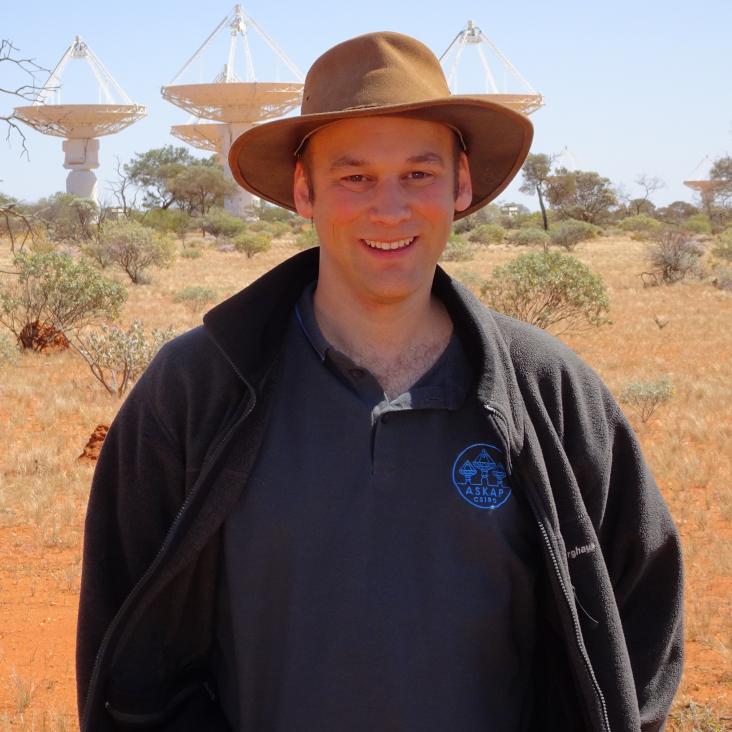H i emission and absorption in nearby, gas-rich galaxies – II. Sample completion and detection of intervening absorption in NGC 5156
Monthly Notices of the Royal Astronomical Society Oxford University Press (OUP) 457:3 (2016) 2613-2641
A pilot ASKAP survey of radio transient events in the region around the intermittent pulsar PSR J1107−5907
Monthly Notices of the Royal Astronomical Society Oxford University Press (OUP) 456:4 (2016) 3948-3960
Erratum: Discovery of H i gas in a young radio galaxy at z = 0.44 using the Australian Square Kilometre Array Pathfinder
Monthly Notices of the Royal Astronomical Society Oxford University Press (OUP) 456:3 (2016) 3030-3031
Tracing the neutral gas environments of young radio AGN with ASKAP
Astronomische Nachrichten Wiley 337:1‐2 (2016) 175-179
The MeerKAT International GHz tiered Extragalactic Exploration (MIGHTEE) survey
Proceedings of Science Proceedings of Science (2016)


